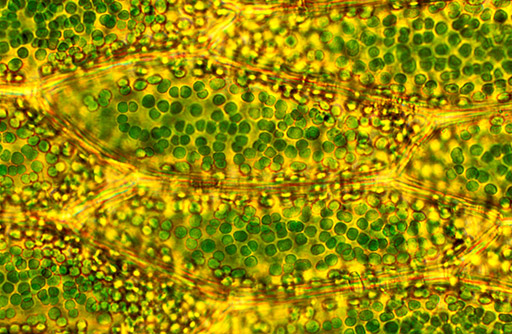Resource 1: Background information on cells
![]() Background information/subject knowledge for teacher
Background information/subject knowledge for teacher
Diagrams of a plant and an animal cell


Teachers’ resources
Names of cell structures for students to label diagrams of plant and animal cells:
- A.Central cell vacuole
- B.Cell membrane
- C.Nucleus
- D.Cytoplasm
- E.Chloroplast
- F.Vacuole (small)
- G.Cellulose cell wall
Information about cell structures for students to use as annotations on diagrams of plant and animal cells:
(A structure may have more than one annotation. Some annotations apply to both plant and animal cells.)
- The outer layer of this cell is firm and rigid. It is made of cellulose. It gives the cell a definite shape.
- The outer layer of this cell is not very rigid. It causes the shape of the cell to be flexible.
- This is a large central area in the middle of the cell. It is filled with liquid. This helps to make the cell firm and gives support to the whole plant.
- This structure controls what goes into and what comes out of the cell.
- This structure controls what the cell is like and how it works.
- This is a jelly like fluid containing many granules. Activities such as releasing energy and making proteins happen here.
- These structures are used to make food by photosynthesis.
- These are small vacuoles found in cells. They may contain food particles, chemicals made by the cell or germs that are being destroyed by the cell.
Photographs of plant and animal cells as seen using a light microscope:


3. Building Models of cells



